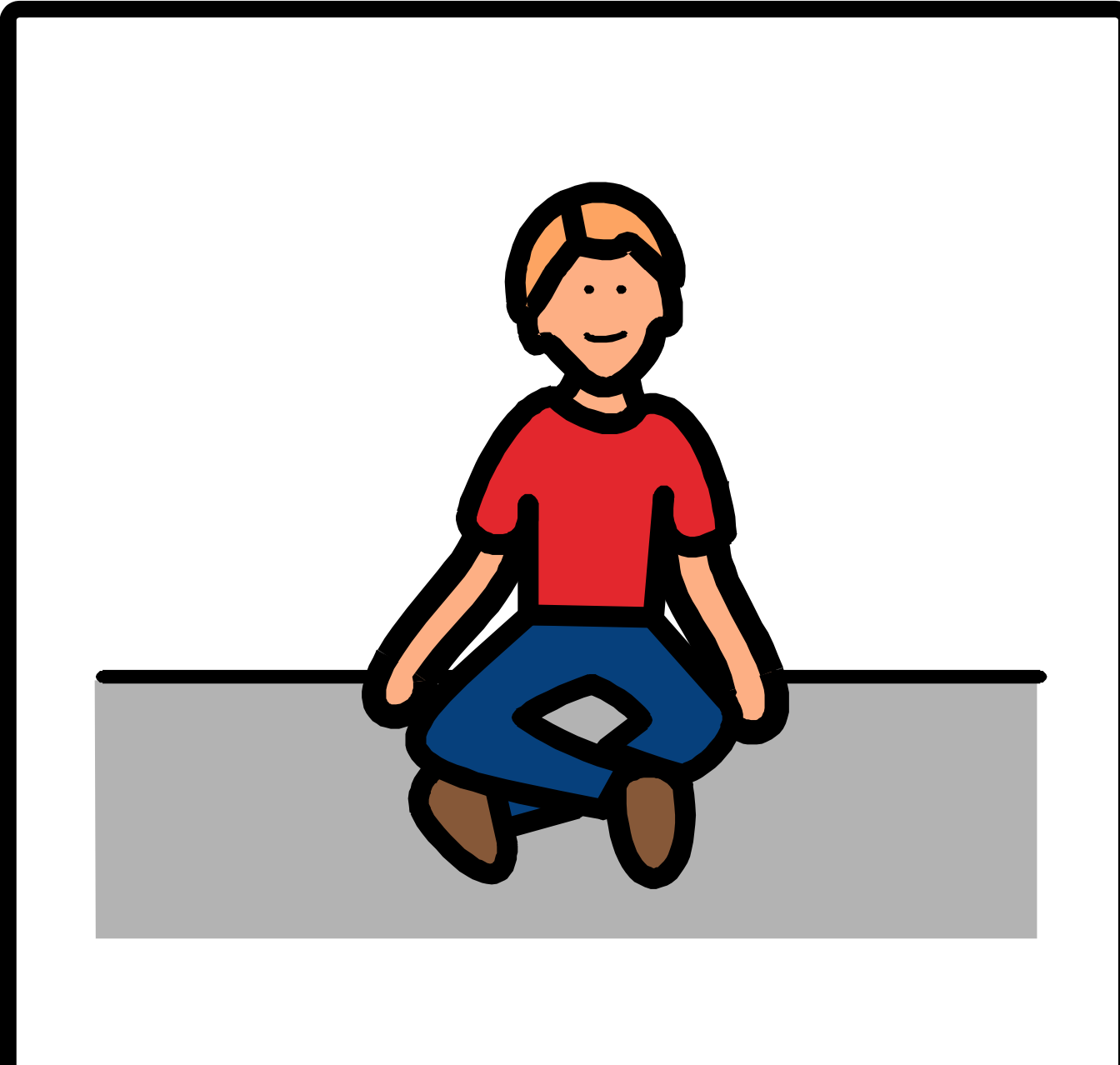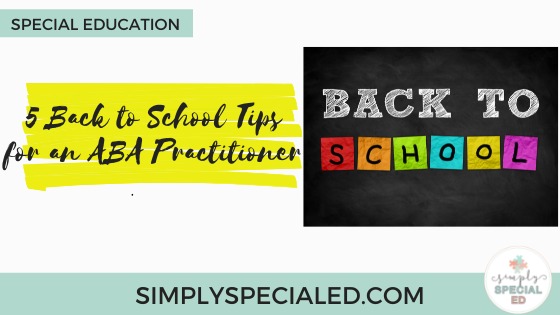
While I only started my summer break two weeks ago, there are plenty of teachers preparing to go back to school. Like many teachers, I like to use my summers in two ways: 1) RELAX!!!! and 2) try to get ahead for the year to come. Though you may not know all of the details of your class or your clients, there are always a few things that stay the same year to year.
Here are five back to school tips that I always make sure I do as I prepare for a new school year.
1. Prepare frequently used data sheets.
If you are an ABA practitioner, you know the importance of taking student data. Make it simple on yourself and find data sheets that you like and print a bunch of copies. I always make sure I prepare ABC data sheets and instructional trial data sheets ahead of time. No matter who your students are, you will always need these forms. The forms I use can be found in the Simple Free Library.
Do you know what programs you are going to be using? Pre-fill the STO section with the various objectives, leave the name space blank and store in a three ring binder. Now you have program templates that you can individualize based on the student and don’t have to start from scratch each time!
Don’t know how to take ABC Data? Read my post about it here!
Need examples of how to fill out IT sheets? See my blog post here!
2. Read your students’ IEP goals.
Here’s an unpopular opinion: IEP present levels of performance sections are not always accurate. Reports are written by a teacher who has already been building rapport with the student. You cannot expect a student coming into your classroom to behave the same way for you. Instead of looking at the PLOPs, focus on the goals.
While looking at IEP goals, ask yourself these questions:
1. What skill is being assessed?
2. Who is assessing the skill?
3. At what prompt level should the student be completing this task?
4. What specific materials are needed to assess this goal?
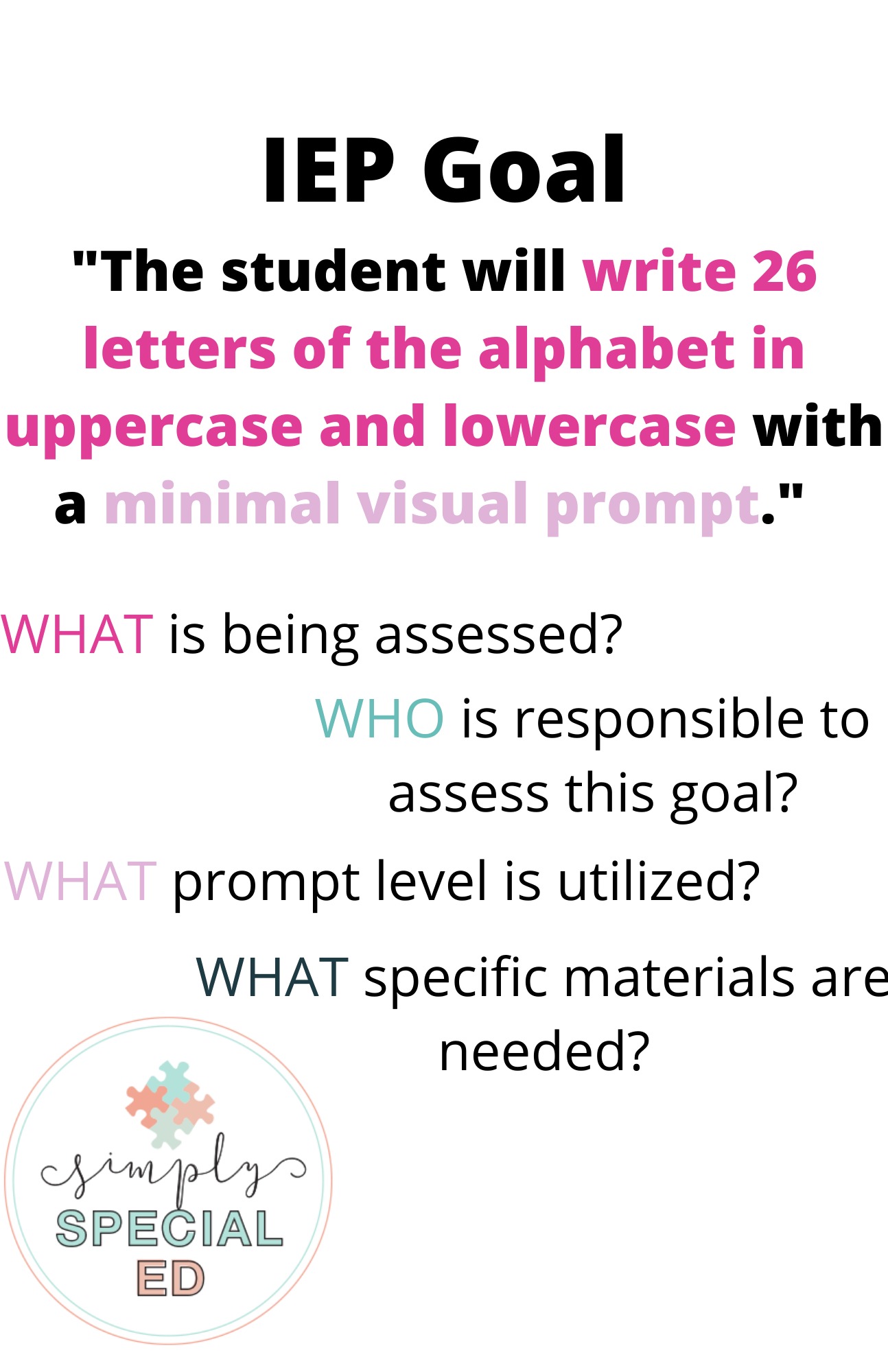
The service provider and specific materials may or may not be listed. If not, find a few different activities to assess each goal.
3. Firm up your classroom routines.
Decide what your classroom routines will look like. How will you get your students’ attention? Will they each have a visual schedule or will you start out with only a full class schedule? What will transitions look and sound like?
Going in with a game plan and the tools to support that plan is key to getting your students adjusted to your classroom quickly. Consistency is key!
That being said, if you try something within the first few weeks that is a massive failure, don’t give up. Pivot the procedure where you need to, but keep your expectations high.
4. Prepare low stakes, high interest activities for the first few weeks.
While you build rapport and get to know your students, find low stakes, high interest activities that your students can complete. The first few weeks is when you are teaching your classroom routines and expectations. Allow time for students to adjust to the classroom.
One resource I love is the Simply Special Ed “The First Ten Days” resource. The activities are easily modified for an ABA setting.
See how Blogger Whitney uses The First Ten Days in her K-2 Structured Teaching Unit here!
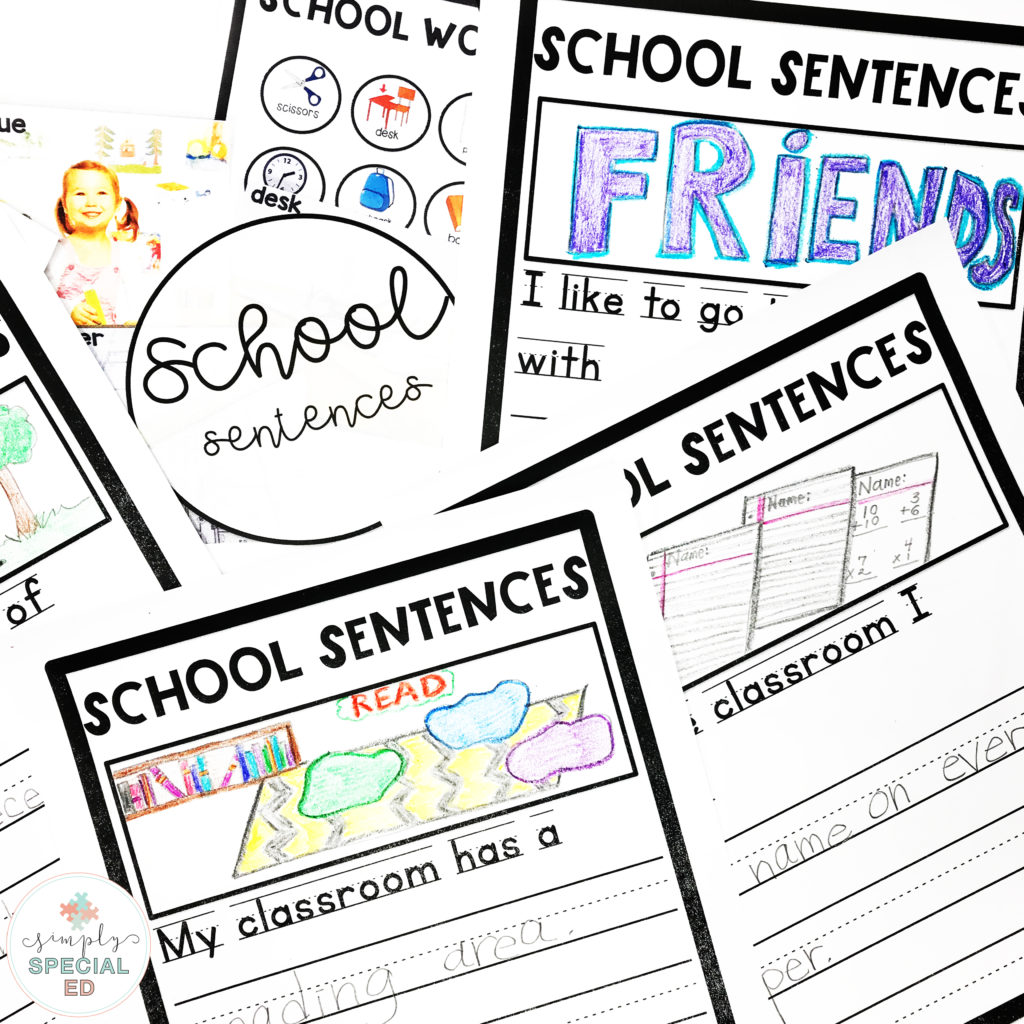
5. Be kind to yourself!
Back to school is a stressful time, no matter what your role is. Give yourself the time, space and grace that you give to your students. Not everything is going to go exactly the way you plan it every time. That’s okay! No matter how much you plan, there will always be situations that will arise that you will have never expected.
Identify what is in your control and what is not. Remember, you cannot control everything. Managing stress and burnout starts from building boundaries with yourself, your classroom and your responsibilities from day one.
Make sure that for each task you complete that relates to your classroom, you are also completing a task or activity that is for you. In order to fill your students’ buckets, you must refill your own. You cannot pour from an empty cup.
How do you feel about heading back to school? How can SSE help you?
Let us know in the comments!
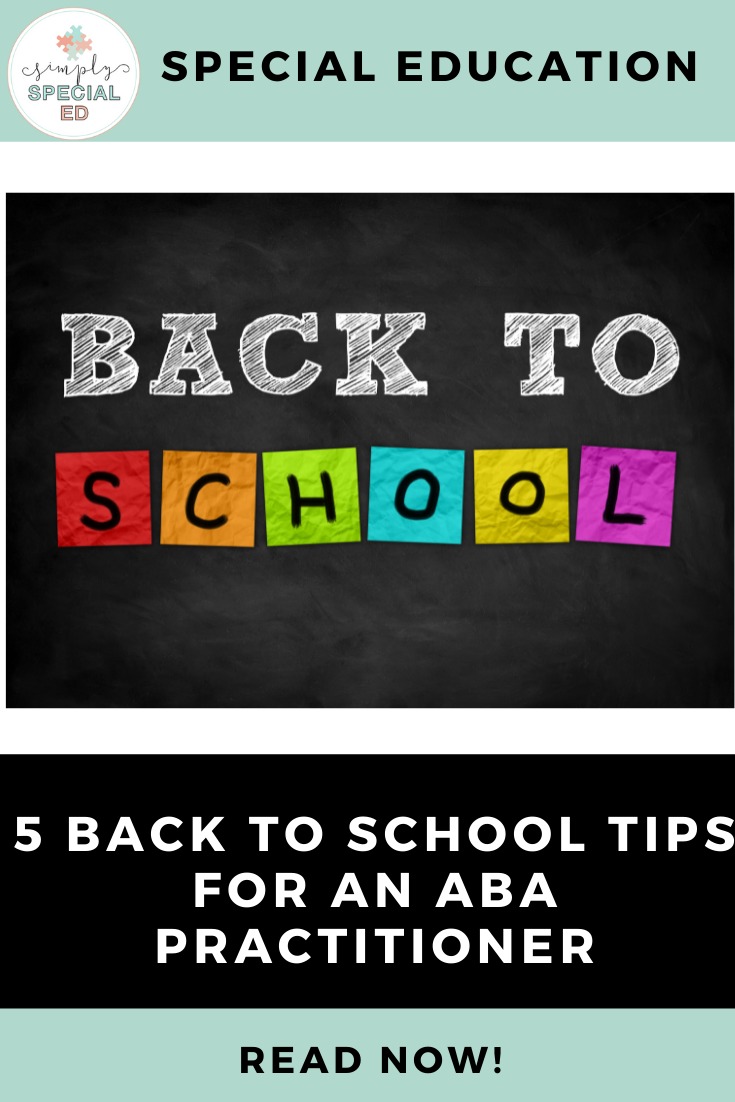

The post 5 Back to School Tips for an ABA Practitioner appeared first on Simply Special Ed.



